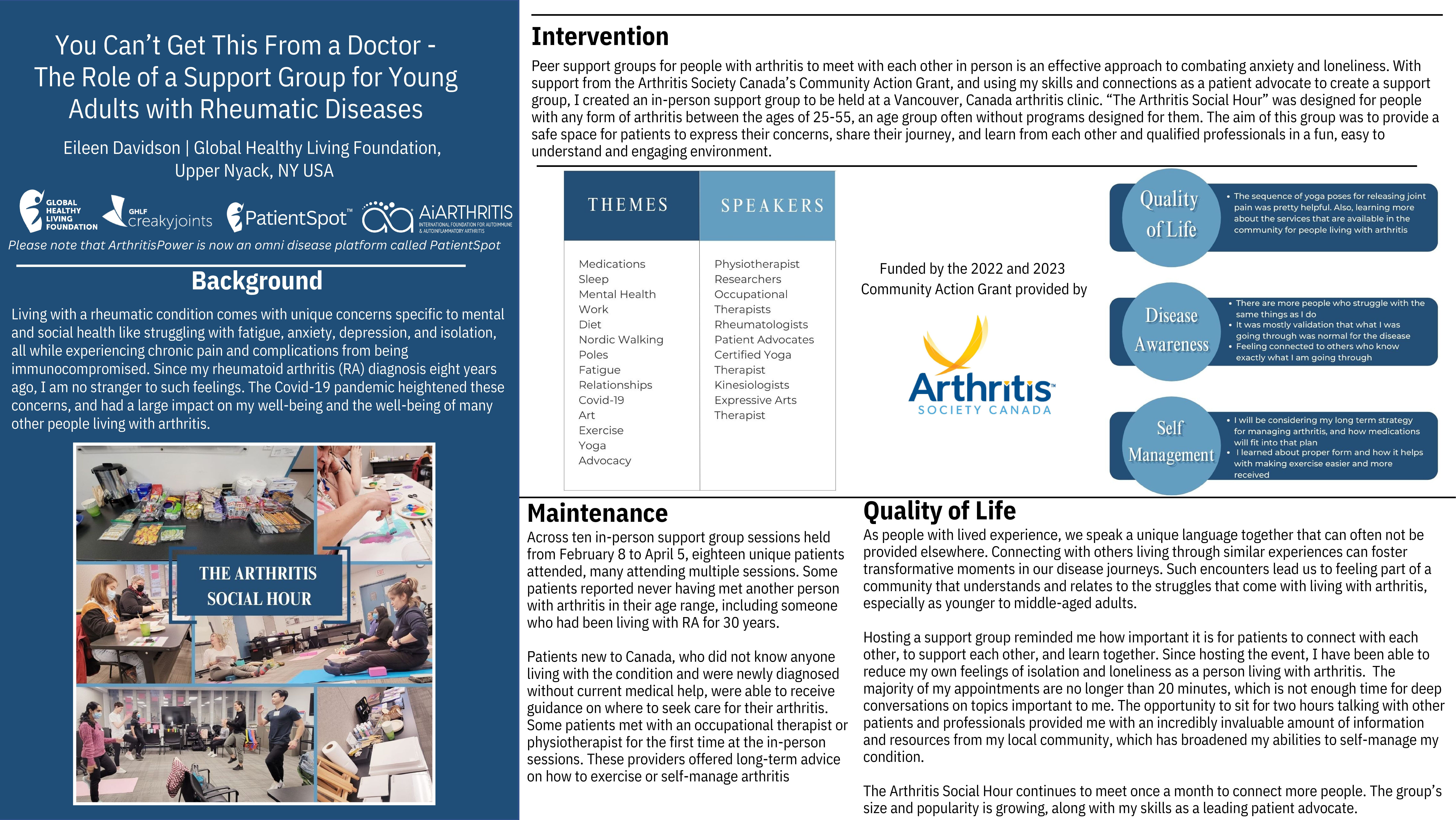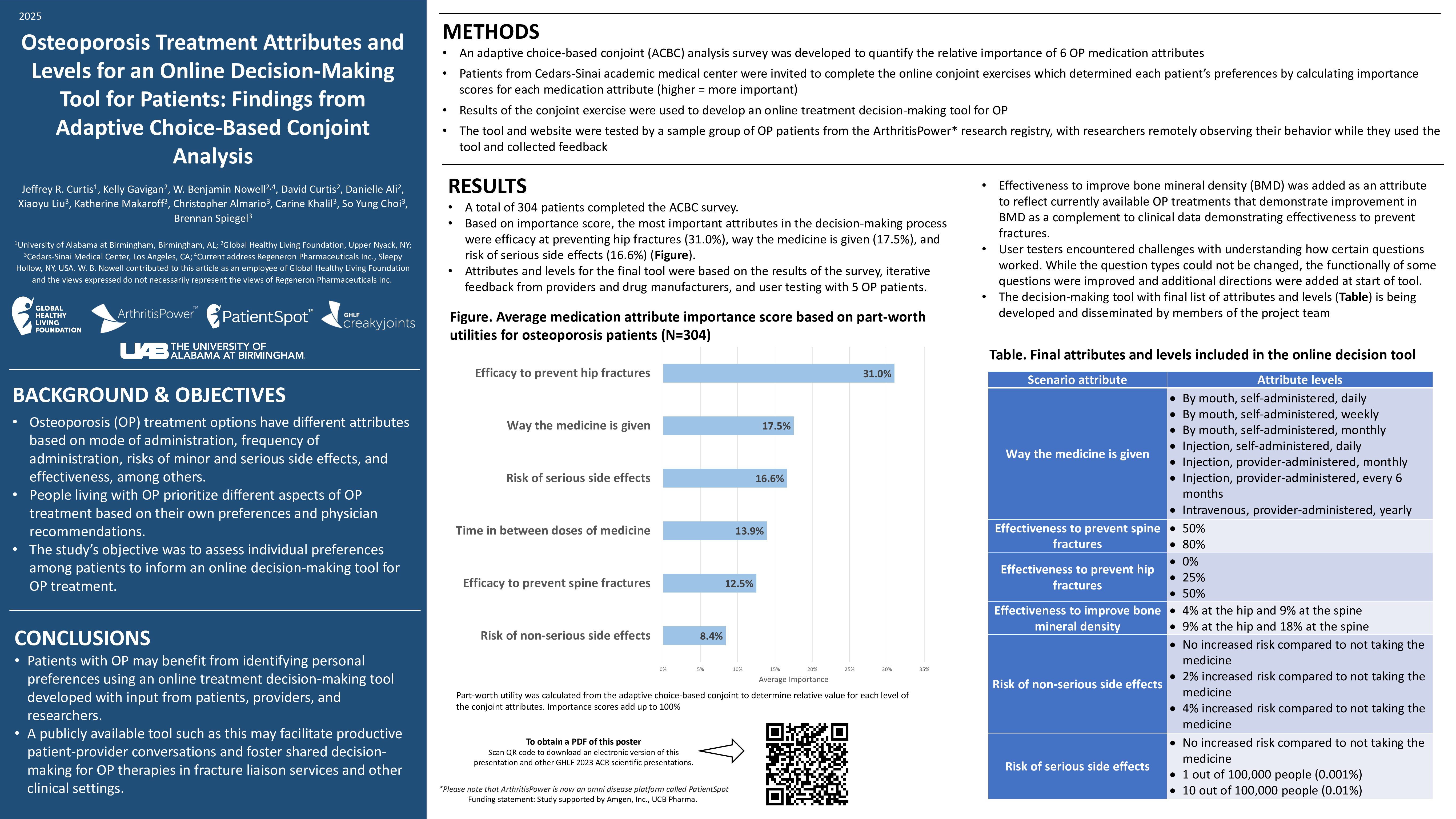Key Takeaways
- TNFis are recommended, but not always effective, for all patients with ankylosing spondylitis.
- Clinicians might be able to use a model to predict, with a high degree of accuracy, which AS patient will respond to a TNFi.
- Key variables include C-reactive protein (CRP), patient global assessment (PGA, Bath AS Disease Activity Index, Body Mass Index, and Bath AS Functional Index.
- Talk to your rheumatologists about the possibilities of a more personalized approach to your AS treatment.
Many types of drugs can be used to treat ankylosing spondylitis (AS), from non-steroidal anti-inflammatory drugs (NSAIDs) to disease-modifying anti-rheumatic drugs (DMARDs) and a few different kinds of biologics, including TNF inhibitors (TNFis). The American College of Rheumatology (ACR) recommends that most people with AS try a TNFi if they don’t respond well enough to NSAIDs. But some of those patients will benefit from a TNFi and others won’t — yet right now there’s no way to know which group someone will fall into ahead of time.
Now a new study, published in JAMA Network Open, suggests that clinicians might be able to use a model to predict who is most likely to respond to a TNFi.
TNFis work by blocking a specific inflammatory protein called tumor necrosis factor (TNF). They include adalimumab (Humira) and etanercept (Enbrel), among many others.
In the new study, a group of scientists used data from 1,899 patients who had participated in 10 earlier clinical trials of TNFis. They then developed a mathematical model that seems to be able to predict which AS patients will benefit from these drugs with a high degree of accuracy.
The researchers initially explored the possibility that up to 21 factors could be used in their predictive model. Because gathering this much information on each patient in the typical doctor’s office would be costly and difficult, they ultimately decided to create “reduced models for clinical use” that require doctors to enter just three to five variables about a patient.
In the future, a rheumatologist might be able to go to an online calculator based on this model, enter up to five variables, and find out whether a given patient is likely to respond to a TNFi within 12 weeks of starting it. The key variables (which are given different amounts of weight per the algorithm developed) that suggest a patient might respond are:
- Higher C-reactive protein (CRP)
- Higher patient global assessment (PGA)
- Higher Bath AS Disease Activity Index (BASADI) question 2 score
- Lower body mass index (BMI)
- Lower Bath AS Functional Index (BASFI) score
“Overall, our models demonstrated moderate to high accuracy and high specificity, using only information available at the start of treatment,” the authors wrote. “The models developed and validated in this study provide probability scores for achieving major response or having no response to TNFi treatment among patients with AS; they can be used to facilitate personalized decision-making in clinical practice.”
Found This Study Interesting? Get Involved
If you are diagnosed with arthritis or another musculoskeletal condition, we encourage you to participate in future studies by joining CreakyJoints’ patient research registry, ArthritisPower. ArthritisPower is the first-ever patient-led, patient-centered research registry for joint, bone, and inflammatory skin conditions. Learn more and sign up here.
Wang R, et al. “Predicting Probability of Response to Tumor Necrosis Factor Inhibitors for Individual Patients With Ankylosing Spondylitis.” JAMA Network Open. March 2022. doi: https://doi.org/10.1001/jamanetworkopen.2022.2312.












